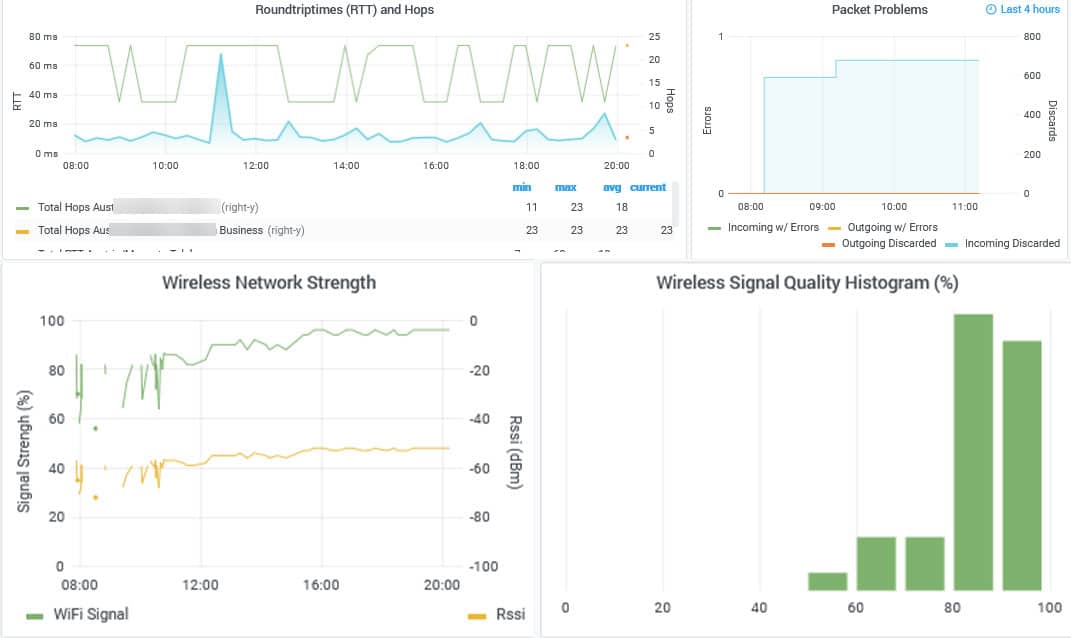OfficeExpert Use Case
Proactive Monitoring for Home Office Network Performance
As we described in a previous Use Case writeup on Teams Call Quality Analytics, customers are increasing their reliance on Microsoft Teams as their standard voice/video calling platform now that Skype of Business is going away. As the COVID-19 pandemic continues to force many employees to work from home, there is a growing need for corporate IT groups to identify users that have slow, substandard performance from their home office networking or their internet service providers (ISP’s).
Identifying those users proactively, and upgrading their networking connections, will help improve their performance and the overall adoption of Teams as a voice/video calling application. As IT groups around the world try to support their users working remotely, they need to have them embrace the latest communication and collaboration technologies such as Microsoft Teams, and providing them the best call quality experience is a key component of successful adoption.
Business Challenges for Monitoring Home Office Networking Performance
The challenge with gathering accurate information on networking performance for home office users is the same for every IT group around the world. Without traveling to each user’s home to run performance measurements, they are basically flying blind. They lack the detailed insights to identify performance issues, so they must wait for users to complain to the helpdesk. Most organizations we have spoken with this year have estimated that 10% to 20% of their users are suffering from poor networking performance from their home offices. But they cannot easily identify which users.
What if there were a simple and automated way to monitor and report on the networking performance for all your home office users? IT groups could easily identify the users who needed upgrades to their home office network, or their ISP’s, and work with them to make the necessary improvements. The latest version of OfficeExpert provides the information needed to proactively monitor networking performance for home office users. The new module is called “Endpoint Performance Monitoring”, or EPM, and it can be used to identify a wide range of technical issues plaguing users working from home. The solution includes a small data gathering agent that can be easily installed to end-user devices using any software deployment tool (i.e. System Center Config Manager, Microsoft Endpoint Manager / Intune, On-Premises Active Directory Group Policy, etc.)
Business Value from Improving Home Office Network Performance
Working remotely is only possible with the intervention of technologies like Microsoft Teams that include online chat, voice/video conferencing, and virtual collaboration functions. But all those capabilities rely on having consistent and reliable networking performance from each employee’s home office. Without that there will be a backlash against the digital adoption for Teams. It has a direct correlation to the users’ positive impact. If they are experiencing poor call quality, or dropped calls, they will be less inclined to embrace the use of Teams for their daily communications and collaboration activities. Quickly identifying those users with poor networking performance and remediating their issues will greatly improve the success rate for the rollout of Microsoft Teams company wide.
